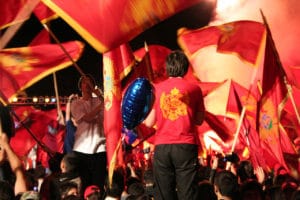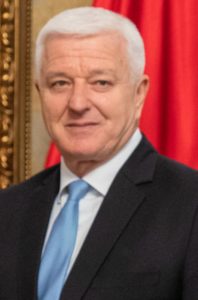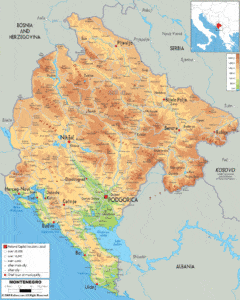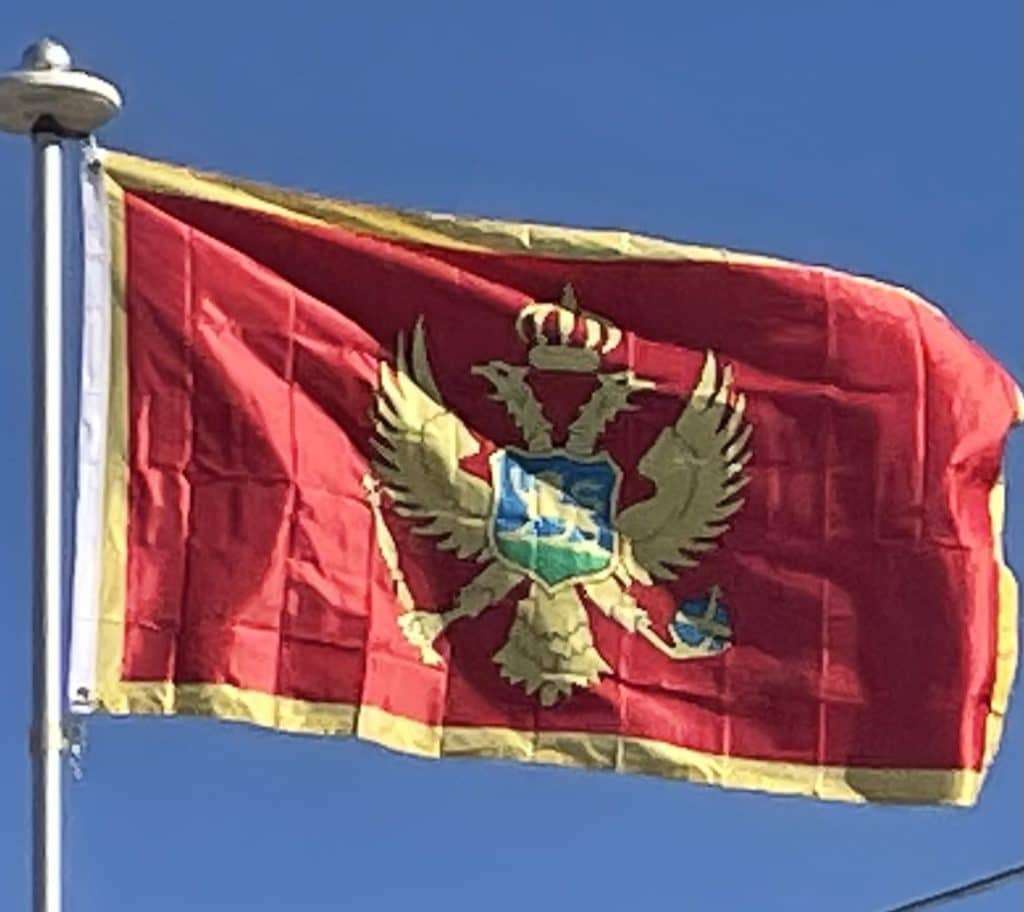
On 3 June 2006, the Montenegrin Parliament declared the independence of Montenegro, formally confirming the result of the referendum.
In October 2016, for the day of the parliamentary election, a coup d’état was prepared by a group of persons that included leaders of the Montenegrin opposition, Serbian nationals and Russian agents; the coup was prevented. In 2017, fourteen people, including two Russian nationals and two Montenegrin opposition leaders, Andrija Mandić and Milan Knežević, were indicted for their alleged roles in the coup attempt on charges such as “preparing a conspiracy against the constitutional order and the security of Montenegro” and an “attempted terrorist act.”

Montenegro formally became a member of NATO in June 2017, though “Montenegro remains deeply divided over joining NATO”, an event that triggered a promise of retaliatory actions on the part of Russia’s government.
Montenegro has been in negotiations with the EU since 2012. In 2018, the earlier goal of acceding by 2022 was revised to 2025.

The Montenegrin anti-corruption protests began in February 2019 against the incumbent President Milo Đukanović and the Prime Minister Duško Marković-led government of the ruling Democratic Party of Socialists (DPS), which has been in power since 1991.
Geography:
Montenegro ranges from high peaks along its borders with Serbia, Kosovo, and Albania, a segment of the Karst of the western Balkan Peninsula, to a narrow coastal plain that is only 1.5 to 6 kilometers (1 to 4 miles) wide. The plain stops abruptly in the north, where Mount Lovćen and Mount Orjen plunge into the inlet of the Bay of Kotor.
Montenegro’s large karst region lies generally at elevations of 1,000 meters (3,280 ft) above sea level; some parts, however, rise to 2,000 m (6,560 ft), such as Mount Orjen (1,894 m or 6,214 ft), the highest massif among the coastal limestone ranges. The Zeta River valley, at an elevation of 500 m (1,600 ft), is the lowest segment.

The mountains of Montenegro include some of the most rugged terrain in Europe, averaging more than 2,000 meters (6,600 feet) in elevation. One of the country’s notable peaks is Bobotov Kuk in the Durmitor mountains, which reaches a height of 2,522 m (8,274 ft). Owing to the hyper-humid climate on their western sides, the Montenegrin mountain ranges were among the most ice-eroded parts of the Balkan Peninsula during the last glacial period.
Economy:
The economy of Montenegro is mostly service-based and is in late transition to a market economy. According to the International Monetary Fund, the nominal GDP of Montenegro was $5.424 billion in 2019. The GDP PPP for 2019 was $12.516 billion, or $20,083 per capita. According to Eurostat data, the Montenegrin GDP per capita stood at 48% of the EU average in 2018. The Central Bank of Montenegro is not part of the euro system but the country is “euroised”, using the euro unilaterally as its currency.
